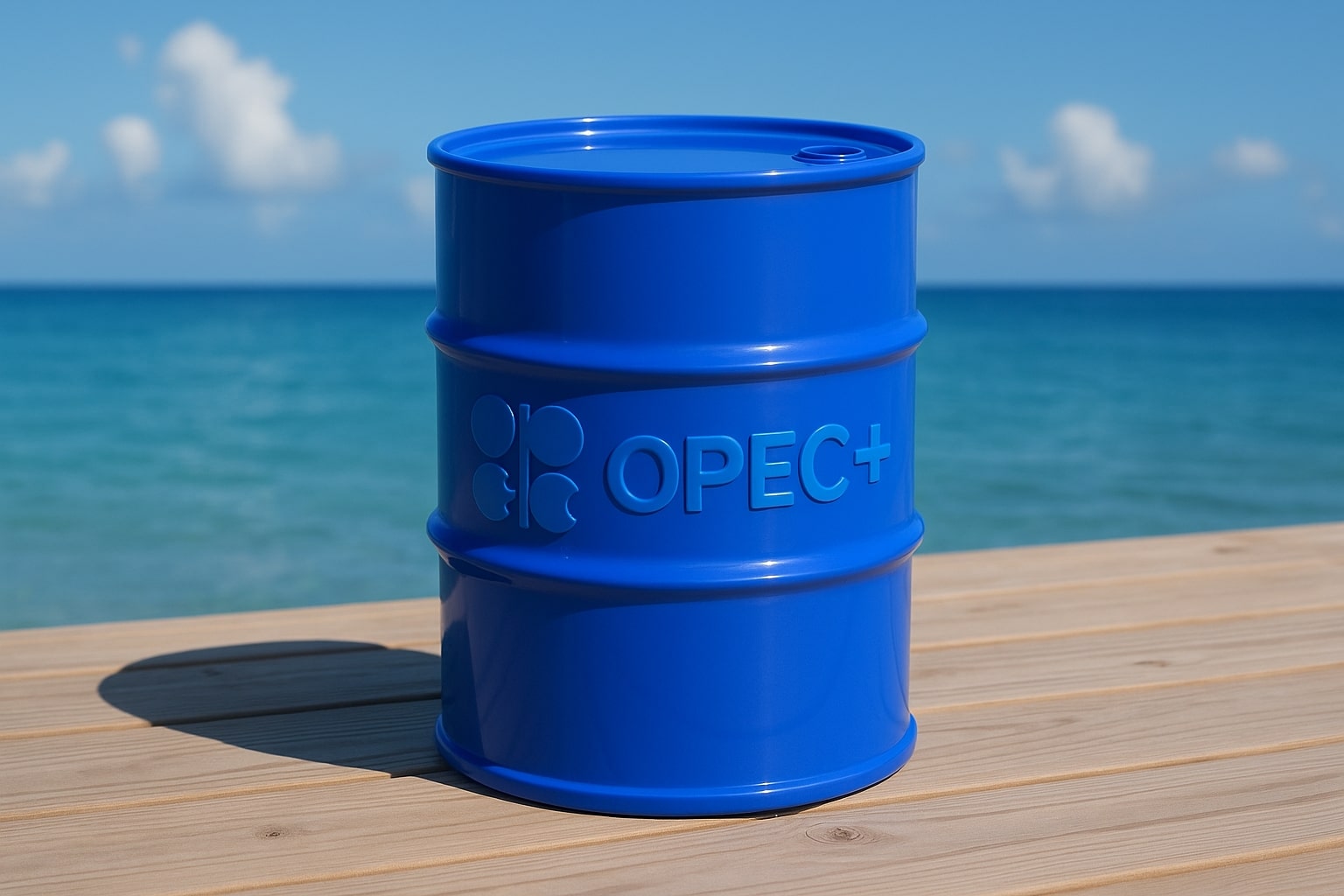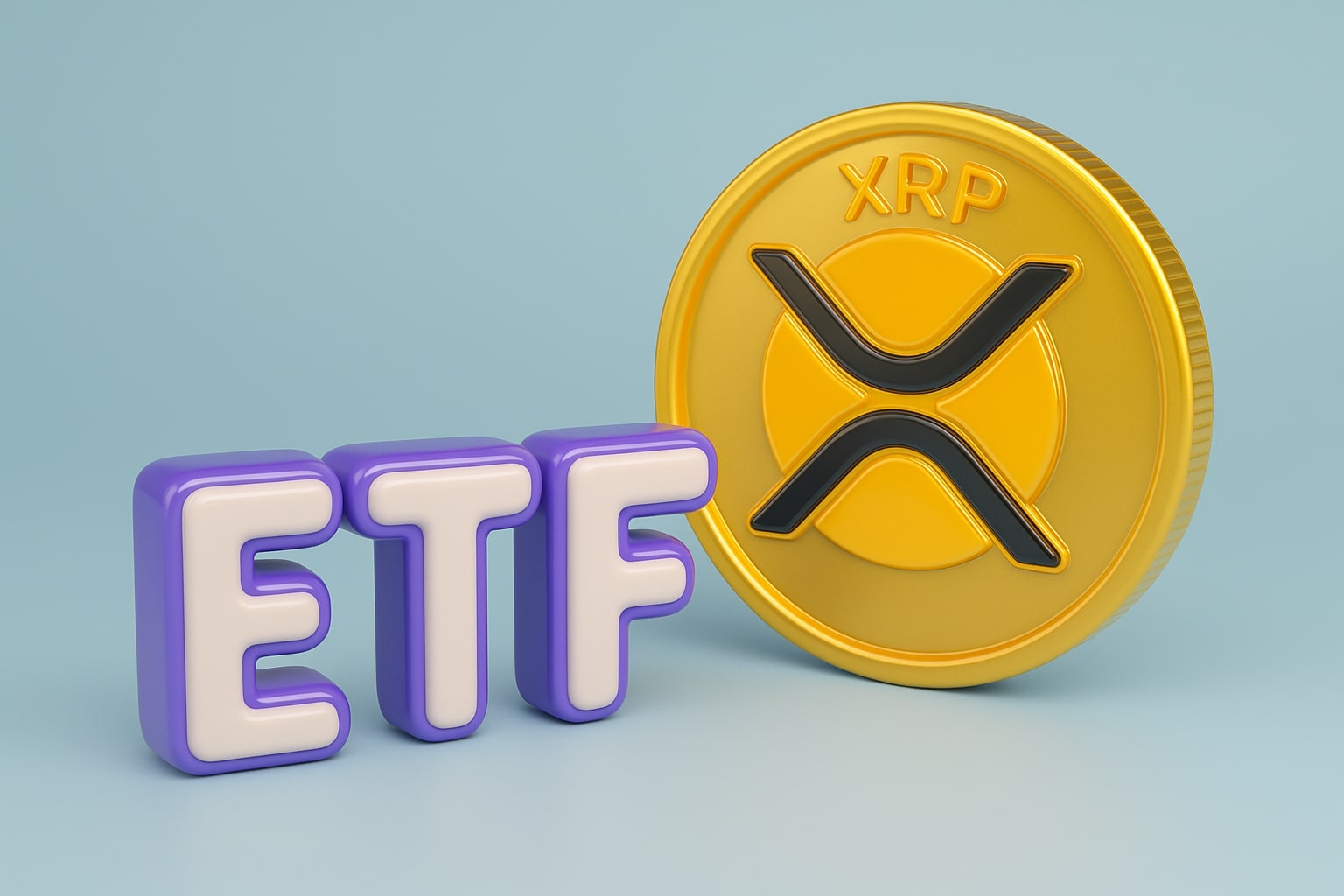
Oil Price Forecast: WTI at $63.86, Brent at $67.74 Amid Supply Glut
U.S. draws 2.4M barrels, China’s majors hit record output but weak profits, while OPEC+ faces compliance issues and traders eye $62–65 WTI range | That's TradingNEWS
WTI (CL=F) and Brent (BZ=F) Face Diverging Pressures as Oversupply Meets Geopolitical Risk
Oil markets remain in a tight tug-of-war between oversupply signals and the slow rebuilding of a geopolitical risk premium. WTI crude (CL=F) is holding near $63.86 per barrel, up 0.96% on the day, while Brent (BZ=F) trades at $67.74, adding 0.77%. Both benchmarks have rallied from last week’s lows, but upside momentum is capped by projections of a supply glut into 2026, with Goldman Sachs forecasting Brent could slump below $55 per barrel next year on the back of a 1.8 million barrels per day surplus.
EIA Data Highlights U.S. Stock Drawdowns and Resilient Demand
U.S. government data showed commercial crude inventories fell by 2.4 million barrels in the week ending August 22, extending a prior draw of 6 million barrels, leaving stockpiles at 418.3 million barrels—around 6% below the five-year average. Gasoline inventories slipped another 1.2 million barrels, while distillates fell 1.8 million barrels, now 15% below their seasonal norms. Refineries are producing 10 million barrels per day of gasoline and 5.2 million barrels of distillates, indicating that U.S. demand, which averaged 21.2 million bpd over the past month, remains higher by 2.5% year over year. This domestic strength has helped WTI avoid steeper losses despite global bearish forecasts.
China’s Oil Giants Post Record Output but Weak Profits as Brent Averages $71
China’s three state-run majors—CNOOC, PetroChina, and Sinopec—have all reported profit declines despite record upstream production. CNOOC booked $9.7 billion in first-half 2025 profit, down 13% YoY, even as output surged to 384.6 million barrels of oil equivalent, a 6.1% increase with gas production up 12%. PetroChina reported a 5.4% decline in earnings, while Sinopec posted a staggering 36% slump, both blaming lower refining margins and weaker domestic fuel demand tied to the rise of electric vehicles. The fall in average Brent prices from $83 per barrel in H1 2024 to $71 in H1 2025 underpinned the earnings squeeze.
Kazakhstan Pipeline Halt and Russia-Ukraine Conflict Complicate Flows
Kazakhstan confirmed disruptions in shipments through the Baku-Tbilisi-Ceyhan (BTC) pipeline after contamination issues in Azeri crude forced a halt in July. Exports via this route had climbed 12% YoY in H1 2025 to 785,000 tons, around 34,000 bpd, and resuming clean flows is critical for landlocked Kazakhstan, which relies on BTC to bypass Russian ports. Meanwhile, drone strikes against Russian energy infrastructure and ongoing tariff disputes between Washington and New Delhi add layers of uncertainty to supply chains. Trump’s tariffs on Indian imports, set to take effect this week, could alter Russian crude flows and reshape global pricing dynamics if India is forced to source more barrels from the Middle East.
OPEC+ Balancing Act: Saudi Arabia, Russia, and India’s Role
OPEC’s basket price stands at $70.45, while Saudi Arabia continues to lead output policy with Russia. Despite output cuts, Russia is still moving product aggressively, with Saudi Arabia and India emerging as top buyers of Russian fuel oil. Kazakhstan exceeded its OPEC+ quota in July, producing 1.827 million bpd versus its ceiling of 1.514 million bpd, underscoring the difficulty in enforcing compliance among members. The cartel faces mounting pressure as supply continues to climb globally while demand signals remain mixed, particularly in Asia where growth in petroleum product demand has slowed to zero according to Kpler data.
Technical Signals Show $62–65 as Key Range for WTI and $65–69 for Brent
Chart analysis highlights that WTI is locked in a trading band with resistance near $65 per barrel and support around $62, coinciding with its 50-day EMA ceiling. Brent crude faces a similar sideways structure, capped by resistance at $69 and support at $65. Liquidity is consolidating in these ranges as traders weigh supply-driven weakness against bursts of risk premium whenever geopolitical shocks hit. Hedge funds and speculators have cut bullish bets on crude to their lowest level in 16 years, signaling widespread skepticism that prices can sustain above current levels without a significant geopolitical trigger.
Goldman Sachs and Market Outlook: Risk of Sub-$55 Oil vs. 2026 Bull Cycle
While Goldman warns of Brent falling to the low $50s by 2026, fund managers like Eric Nuttall see the oversupply period setting the stage for a rebound later that year, driven by capex constraints and depletion of shale productivity. The International Energy Agency projects supply growth of 2.1 million bpd in 2025, with demand climbing only 700,000 bpd, cementing a surplus of 1.4 million bpd this year. Still, China’s crude imports are ticking higher sequentially, U.S. demand remains robust, and structural underinvestment in long-cycle projects could eventually reverse the trend.
Verdict: Oil (CL=F, BZ=F) Rated Hold Amid Conflicting Forces
With WTI at $63.86 and Brent at $67.74, oil prices are caught between short-term oversupply and medium-term bullish structural narratives. Inventories are tightening in the U.S. and geopolitical shocks keep adding floor support, but the macro balance tilts bearish with OPEC+ struggling to enforce quotas and analysts projecting sub-$55 Brent in 2026. Given this split picture, oil remains a Hold, with trading ranges dominating until either demand reaccelerates or supply is curbed more aggressively.
That's TradingNEWS
Read More
-
PFFA ETF Nears $21.50 as Rate Cuts and 9.49% Yield Spark Renewed Demand
29.11.2025 · TradingNEWS ArchiveStocks
-
XRPI and XRPR ETFs Ignite Ripple’s Institutional Rally as Inflows Near $1B and XRP Holds $2.20
29.11.2025 · TradingNEWS ArchiveCrypto
-
Natural Gas Price Forecast - NG=F Blasts to $4.85 as Demand Surge Fuel Multi-Month Breakout
29.11.2025 · TradingNEWS ArchiveCommodities
-
USD/JPY Price Forecast - Yen to Dollar Slides to 156.10 as Yen Strengthens on Fed Cut Expectations
29.11.2025 · TradingNEWS ArchiveForex



















